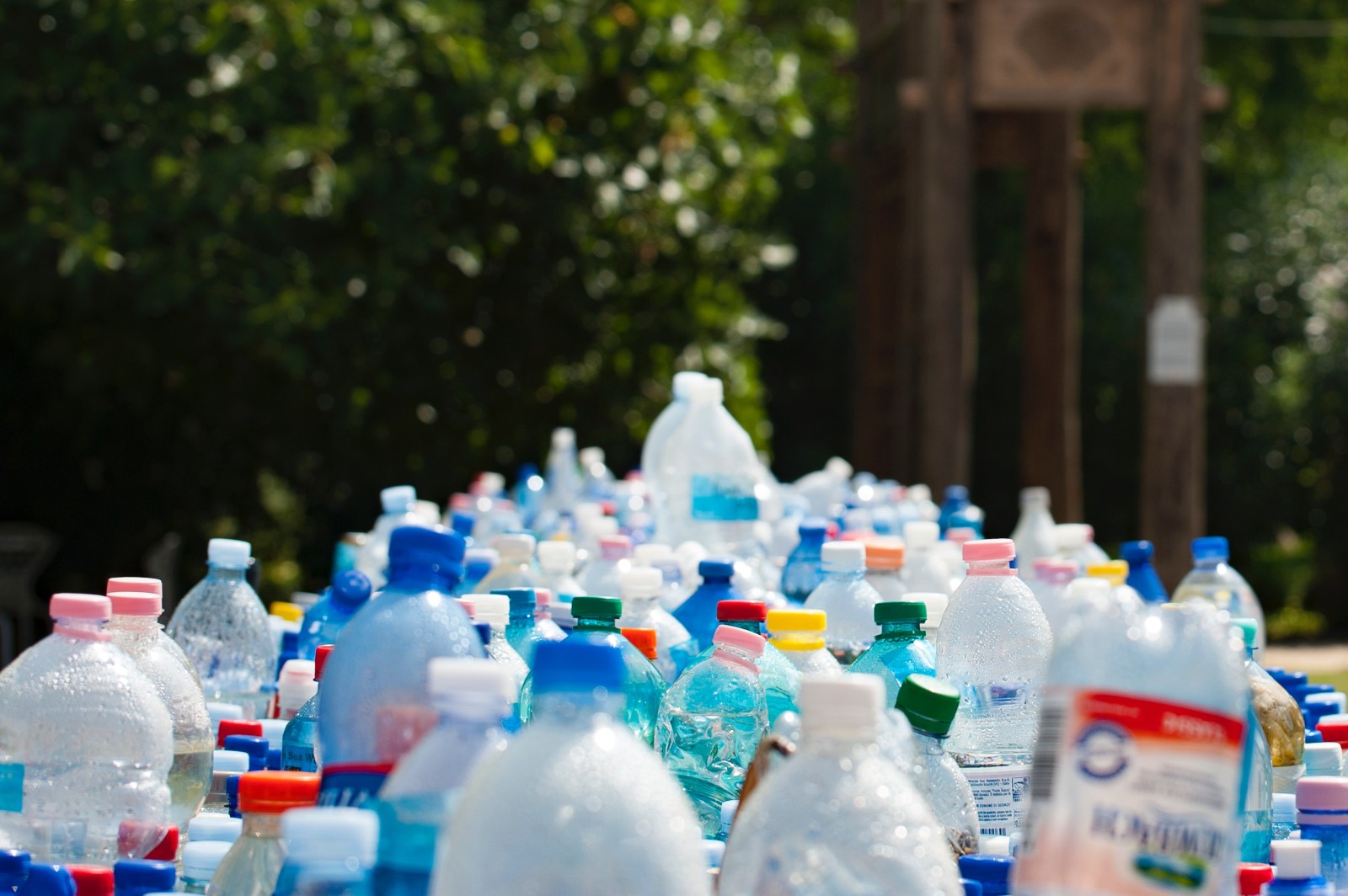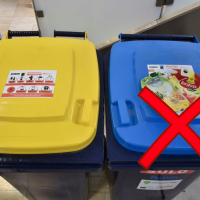Waste is so last season: recycling clothes in the fashion industry
Ez is érdekelhet

Experts on textiles and fashion took questions on creating a more sustainable fashion industry. Here are eight key points.
So, which textiles can be recycled and how?
“The key differentiation is between ‘mechanical fibre recycling’, which will degrade with each recycling (down-cycling) and ‘chemical fibre recycling’ which in some cases can produce fibres of equal quality to virgin ones” explains senior research fellow, Textiles Environment Design, Kate Goldsworthy.
Mechanical recycling of natural fibres like cotton and wool is currently the most scalable recycling technology for post-consumer textiles but the result is shorter textile fibres of a lower quality to virgin fibres, adds Carola Tembe, H&M’s environmental sustainability co-ordinator. To increase quality, recycled fibres must be blended with virgin fibres.
When it comes to chemical recycling, only polyester and certain nylons can currently be reprocessed. However, new technologies are being developed and cotton could be up next. Evrnu for example is chemically recycling cotton scraps into a new manufactured cellulosic yarn and re:newcell and Saxion are also working on emerging technologies.
What sort of by-products are created when textiles are recycled?
For mechanical processes these by-products are mostly the hardware, such as zips and buttons, explains Hélène Smits, lead project developer, The Circular Textiles Program. In chemical recycling, by-products can vary from chemicals and dyes to containment fibres or metallics. Chemical recyclers are working hard to optimize their processes by either recapturing these by-products and putting them to good use, or exploring ways to safely dispose of them.
What’s the hold up?
If you check a label of something you’re wearing now, chances are you’ll find you’re sporting a blend of different fibre materials (a poly-cotton mix is really common). Herein lies one of the greatest challenges for textile recycling: finding a way to separate blended fibre materials so they can be recycled according to their own system. It’s this difficulty that means a T-shirt that’s 99% cotton and 1% spandex can’t be saved from landfill today.
Worn Again is exploring chemical textile recycling technology to tackle blended fibres, but these sorts of revolutionary developments won’t be commercially viable for some time. To bridge the gap until then, Smits suggests we upscale mechanical fibre recycling and address post-consumer and pre-consumer waste streams.
Should government standards start looking into the fashion industry like they do with food?
“In northern Europe, research institutions from all five Nordic countries have started a two-year project that seeks to develop and propose possible policy packages, which would encourage Extended Producer Responsibility (EPR) systems and innovative new business models aimed at increasing reuse and recycling of textiles,” explains Smits.
Tembe agrees that policy is key, pointing to the importance of enabling policy framework that removes trade barriers and allows the flow of used textiles to producer countries.
Policies that provide circular economy incentives such as tax benefits and EPR will be helpful, but they can’t change the industry alone. In addition to policy, more pioneering brands must introduce disruptive business models. While this appears difficult for established brands, Smits writes that it poses an even bigger challenge for mid-sized companies that are not vertically integrated and have limited power or influence over the supply chain.
Where do fashion designers figure?
“The designers are key. The products need to be designed in a way so they can actually be recycled,” says Annie McCourt, fashion and textile associate at the Cradle to Cradle Products Innovation Institute. “We’re talking about a totally different way of looking at fashion design, and thinking about designing not just one generation of products.”
Training designers in areas such as zero-waste pattern design and disassembly will have a positive impact on the environment and profit margins. However, writes Carol Rose, textile specialist advisor and fashion consultant at WRAP, even when designers have the knowledge and desire to include sustainable ethics in their designs, they often lack the power to influence decisions made further down the supply chain, such as fabric choice.
Are fashion brands working together on this?
Not enough. For the textiles industry to become truly circular, companies need to move beyond optimising their own products and supply chains. A collaborative approach could help achieve new sustainable industry standards, transparent measurement systems and enable innovative technologies.
McCourt offers an example: “Teijin, a recycling company in Japan, can chemically recycle polyester. However, they can not be sent a load of polyester from various brands to recycle [because] they must understand what’s in the polyester (understand this could be incredibly time-consuming). So of course it would be a lot more effective if many big brands were using the same polyester so those garments can get taken back, disassembled and turned into new first generation fibre.”
Where can you source second hand fabrics on a large scale?
The answer is currently nowhere really, but there’s a definite market opportunity. “Finding accessible sources of pre-consumer and post-consumer fabrics rather than garments is a big challenge for upcycling designers,” says Lucy Norris, anthropologist at University College London.
Smits writes that while the supply chain claims there is a lack of demand for secondhand fabrics, the brands counter that there’s a lack of offering. She continues: “We need to connect supply and demand more actively and openly. We would like to change that by creating a dynamic market place where designers can find suppliers and fabrics that are sustainable and demand is organised.”
Why are we hung up on recycling? Shouldn’t we just wear our clothes for longer?
Yes, this is crucial and some brands have launched initiatives to encourage it. Lynn Wilson, textiles expert and manager of the Love your Clothes, offers Howies as an example, which is adding emotional value to clothing and encouraging consumers to pass on robust garments and tell their story.
While you should extend life first, there should always be a route to recycling eventually, says Goldsworthy. “The trouble is that we think of materials in a ‘human timeframe’, when actually they can relate to materials which in some cases took millions of years to form (and will take 100’s of years to decompose). We need some longer-term thinking.”
Source: The Guardian







